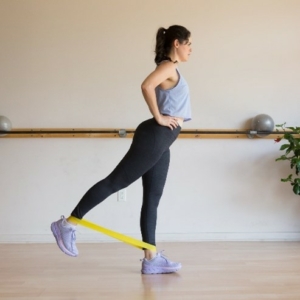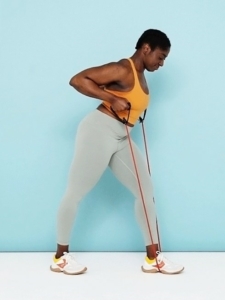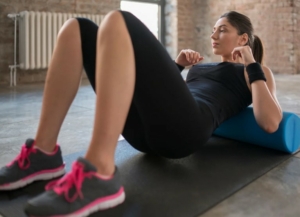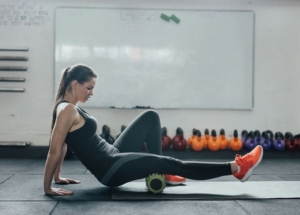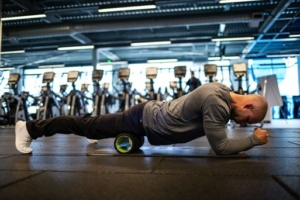Posture & Injury Prevention
Posture is something we are always reminded about whether it’s by family, friends or colleagues but isn’t something that we all address seriously. Posture is extremely important though and can contribute to pain associated with injuries we have or may even be the root cause of our injuries! Posture is something we can all think about and make small changes in our daily lives that can actually have a big impact.
What is good posture?
Posture is related to how all of our body and joints align. For a “good posture” our spine has to be in a neutral position. This means that our shoulders aren’t too rounded, and the lower back isn’t arched too far forward or backwards.
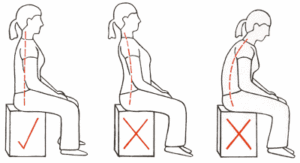
How does poor posture contribute to injuries?
“Poor posture” puts our body into positions where joints and muscles become overloaded. Excessive stress in these areas can easily lead to sprains and strains when trying to complete daily tasks and work activities. Poor posture can also cause headaches, affect circulation, increase fatigue and contribute to degeneration of the spine leading to back issues in the future.
What can I do to improve my posture?
There are many different things you can do to help improve your posture at work, home and with daily activities.
Building strength in specific areas can help improve your posture and also make your body less prone to injuries. Your physiotherapist can demonstrate some simple exercises that may be able to help you do this.
Activities like yoga and Pilates are also great ways to strengthen your muscles, challenge your balance and focus on posture.
Being conscious of how you are sitting, moving and walking during your everyday activities is one of the best ways to improve your posture. Initially it can be difficult to maintain correct postures all the time, but practice makes perfect!
Unfortunately, many of us in today’s society have sedentary jobs which involves sitting at a desk most of the day.
Something to think about is your desk set up – arm and leg position, feet supported, sitting against the back of your chair, computer screen at eye level.
It is also important to take regular breaks, as no position is a good position if in it for too long!

These are objects can be attached to your office chair and while sitting, rests in the curve of your lower spine. These help to maintain the natural curve of your spine, decreasing stress through the body, which ultimately helps prevent and alleviate back pain while sitting. We stock these at Physio4u, so come in and see us if you’re interested!

Tape can be applied by your physiotherapist to bring you into a more “correct” position. Tape is not a long term solution but can give you great feedback if you are slouching and trying to make small changes.
There are many things we can do to improve our posture and it is something we should all be thinking about to keep our body in the best shape possible to prevent injuries. Have a chat to your physiotherapist about ways to improve your posture or how it may be affecting your current injuries!
